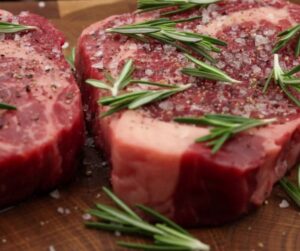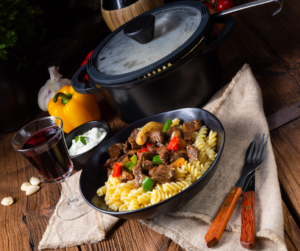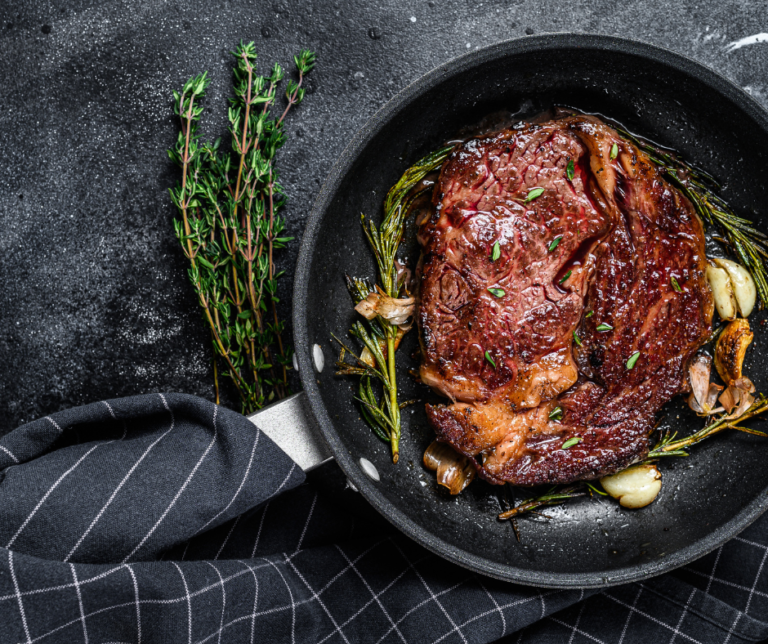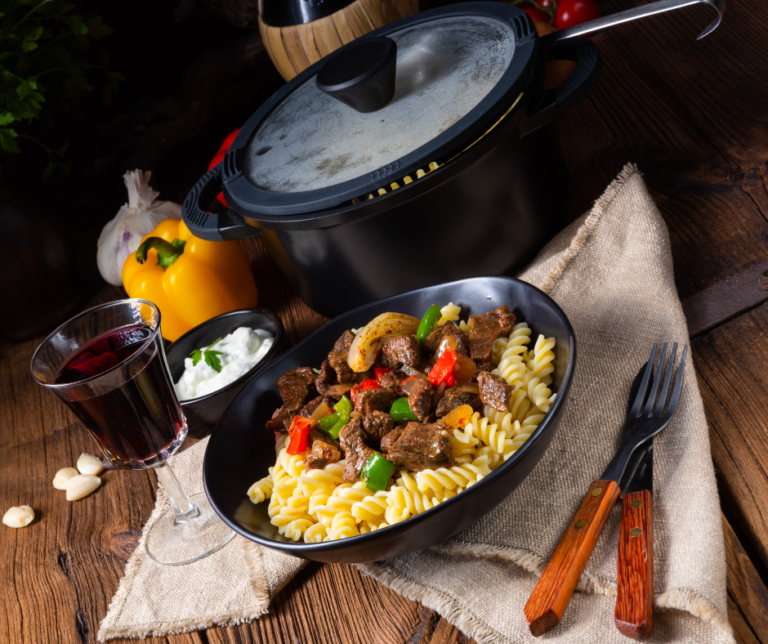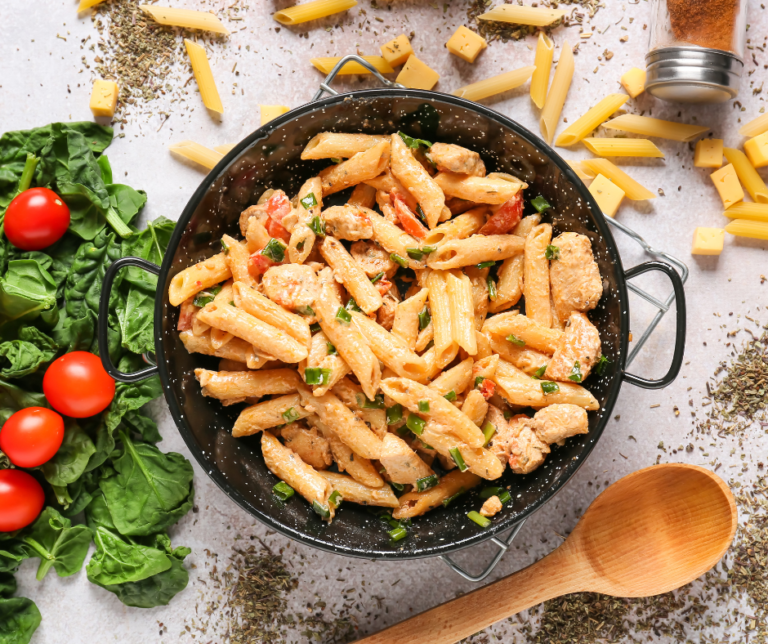Cooking a steak to perfection is a culinary art that combines the right techniques, timing, and attention to detail. While there are various methods to cook a steak, one classic and beloved approach is pan-searing. Pan-searing allows for the development of a flavorful crust while maintaining a juicy and tender interior. In this article, we will explore the step-by-step process of pan-searing a steak, providing you with the knowledge and skills needed to create a mouthwatering steak at home.
Step 1: Choosing the Right Steak: The first step towards cooking a delicious steak is selecting a high-quality cut. Popular options include ribeye, strip steak, tenderloin, and T-bone steak. Look for well-marbled steaks, as the marbling contributes to tenderness and flavor. Additionally, opt for steaks that are at least 1 inch thick for best results.
Step 2: Preparing the Steak: Before cooking, it is essential to bring the steak to room temperature. This ensures even cooking throughout the meat. Remove the steak from the refrigerator and let it sit on the counter for approximately 30 minutes.
Meanwhile, pat the steak dry with paper towels to remove any excess moisture. This step promotes better searing and browning of the meat.
Step 3: Seasoning the Steak: Season the steak generously with salt and freshly ground black pepper. This simple seasoning allows the natural flavors of the steak to shine. You can also add additional herbs and spices according to your preference, such as garlic powder, rosemary, or thyme.
Step 4: Preheating the Pan: Choose a heavy-bottomed skillet or cast-iron pan for optimal heat distribution. Place the pan on the stovetop over medium-high heat and allow it to preheat for a few minutes. The pan should be hot enough to create a sizzling sound when the steak is added.
Step 5: Searing the Steak: Carefully place the seasoned steak in the hot pan. It should make a satisfying sizzle upon contact. Avoid overcrowding the pan, as this can result in uneven cooking. If cooking multiple steaks, cook them one at a time or use a larger pan.
Allow the steak to sear undisturbed for about 3-4 minutes. This initial sear develops a beautiful crust on the outside of the steak. Use tongs to flip the steak and sear for an additional 3-4 minutes on the other side.
Step 6: Testing for Doneness: To achieve your desired level of doneness, it is crucial to monitor the internal temperature of the steak. Use an instant-read meat thermometer inserted horizontally into the thickest part of the steak without touching the bone. The following temperature ranges can guide you:
- Rare: 120-125°F (49-52°C)
- Medium-rare: 130-135°F (54-57°C)
- Medium: 140-145°F (60-63°C)
- Medium-well: 150-155°F (66-68°C)
- Well-done: 160°F (71°C) and above
Remember that the steak will continue to cook after being removed from the heat, so it’s advisable to remove it from the pan when it’s a few degrees below your target temperature.
Step 7: Resting the Steak: After cooking, transfer the steak to a clean cutting board or plate and allow it to rest for approximately 5-10 minutes. Resting the steak allows the juices to redistribute throughout the meat, resulting in a more tender and flavorful steak.
Step 8: Serving and Enjoying: Once the steak has rested, it is ready

